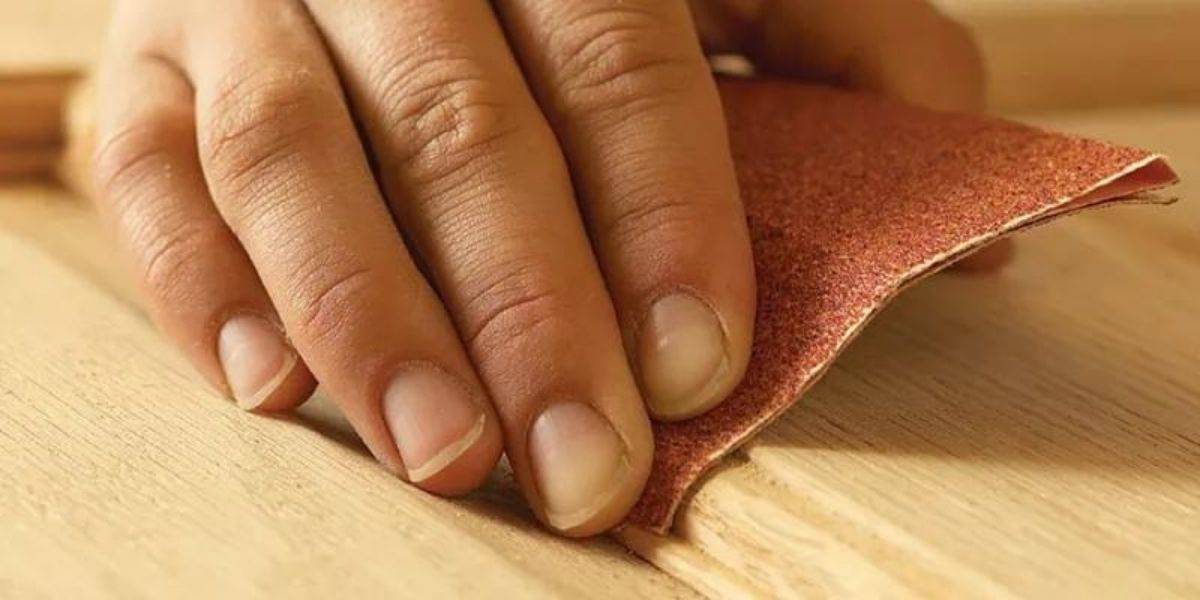

Furniture
What Grit Sandpaper For A Wood Dresser
Modified: December 7, 2023
Choose the right grit sandpaper for your wood dresser to achieve a smooth and flawless finish. Enhance your furniture restoration skills with our helpful guide!
(Many of the links in this article redirect to a specific reviewed product. Your purchase of these products through affiliate links helps to generate commission for Storables.com, at no extra cost. Learn more)
Introduction
Welcome to the wonderful world of furniture restoration! Whether you’re a seasoned woodworker or a DIY enthusiast, there’s nothing quite like the satisfaction of bringing new life to an old piece of furniture. One essential tool in this process is sandpaper, which plays a crucial role in preparing the surface for finishing.
However, with so many different options available, it can be overwhelming to determine the right grit sandpaper to use, especially when it comes to refinishing a wood dresser. But fear not! In this article, we’ll guide you through the process of choosing the perfect grit sandpaper for your wood dresser, ensuring that you achieve the desired results at each stage of the restoration.
Before we delve into the specifics, let’s first understand what grit sandpaper is and how it affects the sanding process.
Key Takeaways:
- Choose the right grit sandpaper for your wood dresser by considering factors like wood condition, level of refinishing, and personal preference. Progress from coarse to extra fine grits for a flawless finish.
- Sand your wood dresser with specific grits: start with coarse grit (40-80) for imperfections, then move to medium, fine, very fine, and extra fine grits for a polished, smooth surface. Adjust based on wood type and personal preference.
Read more: What Grit Sandpaper For Pine Wood
Understanding Grit Sandpaper
Grit sandpaper refers to the abrasive material on the surface of the sandpaper that helps remove unwanted imperfections and create a smooth and even finish. The grit size of sandpaper refers to the number of abrasive particles per square inch or centimeter on the sandpaper.
Generally, the higher the grit number, the finer the sandpaper. Finer grit sandpaper is used for smoothing and polishing surfaces, while coarser grits are more suitable for removing rough material and shaping the surface.
There are a wide range of grit sizes available, ranging from very coarse (around 40 grit) to ultra-fine (upwards of 4000 grit). Each grit size serves a specific purpose and is designed to be used at different stages of the sanding process.
It’s important to note that sandpaper grits are not standardized across all manufacturers, so there may be slight variations in the grit numbering system. However, the general principles remain the same.
Now that we have a basic understanding of grit sandpaper, let’s explore the factors you need to consider when choosing the right grit for your wood dresser.
Factors to Consider
When selecting the appropriate grit sandpaper for your wood dresser, there are several factors to take into consideration. These factors will help you determine the right grit size to achieve the desired outcome.
1. Condition of the Wood: The condition of the wood surface will dictate the initial grit you should start with. If the dresser has significant imperfections, such as deep scratches or rough patches, you may need to begin with a coarser grit to remove these blemishes. On the other hand, if the surface is already relatively smooth, you can start with a finer grit.
2. Level of Refinishing: Decide the extent of the refinishing you want to accomplish. If you are only looking to remove the old finish and apply a new one, you may need a coarser grit sandpaper to remove the existing finish effectively. However, if you are merely aiming to touch up the surface and apply a fresh coat of polish, you can opt for a finer grit sandpaper.
3. Type of Wood: The type of wood you are working with also plays a role in determining the appropriate grit sandpaper. Hardwoods, such as oak or mahogany, may require a coarser grit to effectively remove the old finish or scratches. Softwoods, like pine or cedar, are more delicate and may benefit from starting with a finer grit.
4. Sanding Equipment: Consider the type of sanding equipment you have available. Different power sanders, such as belt sanders or orbital sanders, have different capabilities and can handle a range of grits. Make sure that your equipment is compatible with the grit sandpaper you plan to use.
5. Personal Preference: Ultimately, your personal preference and experience will also play a role in selecting the grit sandpaper. Some individuals may prefer a more polished and smooth finish, while others may prefer a slightly rougher texture. Experiment with different grits to find what works best for you and your desired outcome.
By considering these factors, you can make a more informed decision when choosing the right grit sandpaper for your wood dresser. Now, let’s move on to determining the specific grits to use for different stages of the sanding process.
When sanding a wood dresser, start with 120-150 grit sandpaper to remove old finish or imperfections, then move to 180-220 grit for a smooth surface before applying a new finish.
Choosing the Right Grit for a Wood Dresser
Now that you understand the factors to consider, let’s dive into the specific grits you should use for different stages of sanding your wood dresser.
1. Coarse Grit (40 – 80)
If your wood dresser has a thick layer of old finish that needs to be removed or has deep scratches, start with a coarse grit sandpaper. Coarse grits, like 40 or 80, are excellent for stripping away the old finish or smoothing out rough surfaces. Use this grit sparingly, as it can quickly remove material and should be used only when necessary.
2. Medium Grit (100 – 150)
Once you have removed the old finish or tackled any major imperfections with a coarse grit, it’s time to move on to a medium grit sandpaper. Medium grits, such as 100 or 150, are ideal for smoothing out the surface and preparing it for the next stage of refinishing. They help to remove any remaining scratches or blemishes left by the coarse grit sandpaper.
3. Fine Grit (180 – 220)
As you progress with the sanding process, it’s time to switch to a finer grit sandpaper, typically in the range of 180 to 220. Fine grits are ideal for achieving a smooth and even finish. They help remove any visible scratches left by the medium grit sandpaper and prepare the surface for the final stages of refinishing.
4. Very Fine Grit (240 – 320)
Once the surface is smooth and free from visible scratches, you can move on to very fine grit sandpaper, usually ranging from 240 to 320. This grit will further refine the surface, preparing it for staining, painting, or applying a new finish. Very fine grits produce a silky-smooth texture and help to bring out the natural beauty of the wood.
5. Extra Fine Grit (400 and above)
For those seeking an ultra-smooth and polished finish, an extra fine grit, typically 400 and above, is recommended. This grit is perfect for final smoothing, removing any fine scratches from previous sanding stages, and achieving a flawless surface ready for the application of a topcoat or protective finish.
Remember, it’s crucial to systematically progress from coarse grits to finer grits, allowing each grit to effectively remove the marks and scratches left by the previous grit. This ensures a beautifully finished wood dresser.
By following these guidelines and considering the condition of the wood, level of refinishing, type of wood, sanding equipment, and personal preference, you can confidently select the right grit sandpaper for your wood dresser.
Now that you know the different grits to use, let’s take a closer look at some specific grit recommendations for sanding a wood dresser.
Sandpaper Grit Recommendations
When it comes to sanding a wood dresser, the specific grits you use will depend on the condition of the wood, the level of refinishing, and your desired outcome. Here are some general sandpaper grit recommendations to guide you through the sanding process:
1. Initial Sanding:
- If the dresser has a thick layer of old finish or deep scratches, start with a coarse grit sandpaper, such as 60 or 80 grit, to remove the imperfections and rough patches.
2. Surface Smoothing:
- Switch to a medium grit sandpaper, around 120 or 150 grit, to smooth out the surface and remove any remaining scratches or blemishes left by the coarse grit sandpaper.
3. Fine Finishing:
- Transition to a finer grit sandpaper, such as 180 or 220 grit, to achieve a smooth and even finish. This grit will help remove any visible scratches and prepare the surface for the next stages of refinishing.
4. Preparing for Staining or Painting:
- For surfaces that will be stained or painted, use a very fine grit sandpaper, like 240 or 320 grit, to further refine the surface and create a smooth canvas for the application of color or finish.
5. Final Smoothing and Polishing:
- For an extra-smooth and polished finish, use an extra fine grit sandpaper, starting from 400 grit and above. This grit will remove any remaining fine scratches and produce a flawless surface ready for the final coat of finish.
Remember to always sand in the direction of the wood grain and use light, even pressure to avoid uneven sanding or damaging the surface. Additionally, it’s important to frequently check your progress and adjust the grit as needed to achieve the desired results.
Keep in mind that these recommendations serve as a starting point, and you may need to adjust or experiment with different grits based on the specific requirements of your wood dresser and your personal preferences.
Now that you have a better understanding of the recommended grits for sanding a wood dresser, let’s conclude this article.
Read more: What Grit Of Sandpaper For Painted Wood
Conclusion
Sanding a wood dresser is an essential step in furniture restoration, and choosing the right grit sandpaper is crucial for achieving a smooth and beautiful finish. By considering factors such as the condition of the wood, the level of refinishing, the type of wood, your sanding equipment, and personal preference, you can confidently select the appropriate grits for each stage of the sanding process.
Starting with a coarse grit sandpaper, you can remove the old finish or tackle any deep scratches. Progressing to medium grits, you smooth out the surface and eliminate remaining imperfections. Fine grits refine the surface further, while very fine and extra fine grits create a polished and flawless finish ready for staining, painting, or applying a new finish.
It’s important to remember that every wood dresser is unique, and the sanding process may vary depending on individual circumstances. Always assess the condition of the wood and adjust your grit selections accordingly. Take your time, work methodically, and enjoy the journey of transforming your wood dresser into a stunning piece of furniture.
Lastly, don’t forget to use appropriate safety measures during the sanding process. Wear protective goggles, a dust mask, and ensure proper ventilation to minimize the inhalation of dust particles.
With the right grit sandpaper and a little patience, your wood dresser will be ready for the next steps in the restoration process. So grab your sandpaper, put on some tunes, and let your creativity and craftsmanship shine!
Happy sanding!
Frequently Asked Questions about What Grit Sandpaper For A Wood Dresser
Was this page helpful?
At Storables.com, we guarantee accurate and reliable information. Our content, validated by Expert Board Contributors, is crafted following stringent Editorial Policies. We're committed to providing you with well-researched, expert-backed insights for all your informational needs.
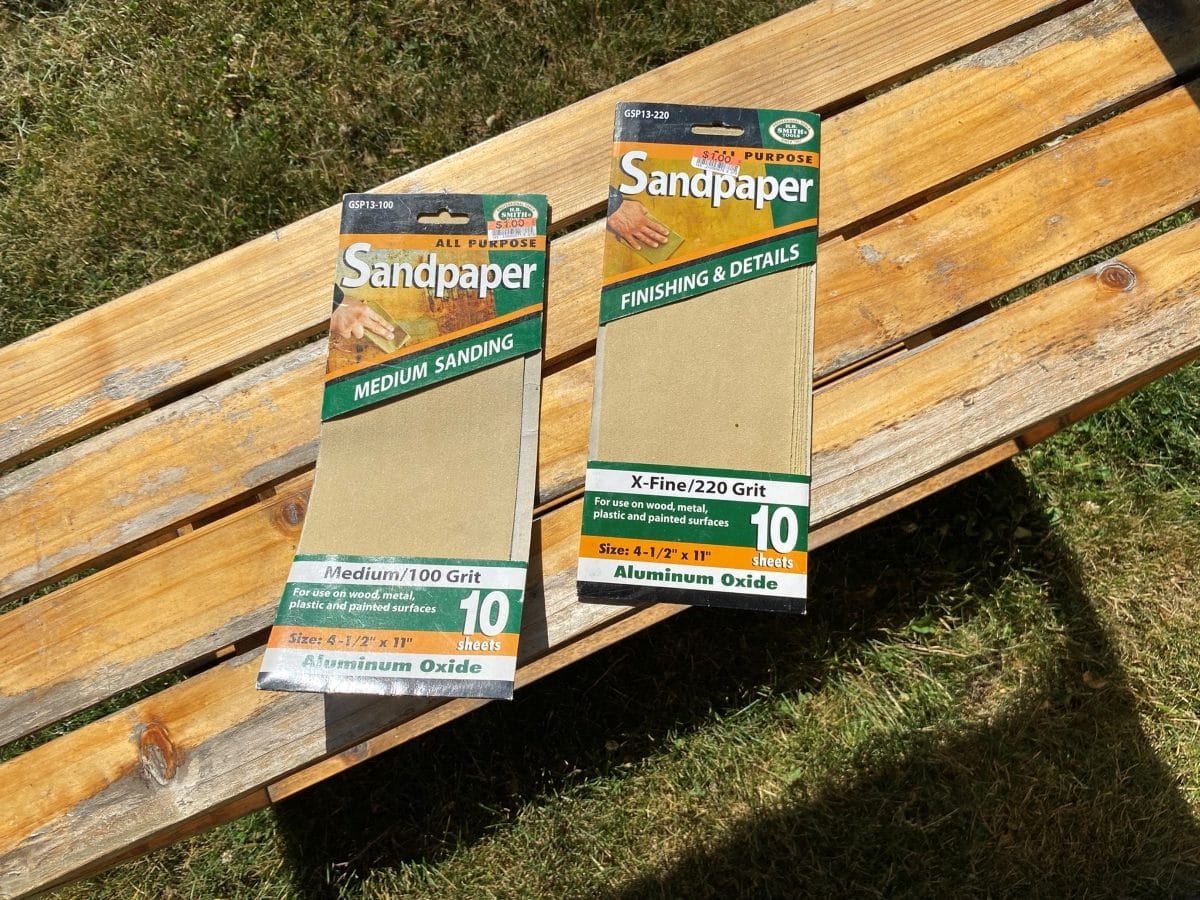
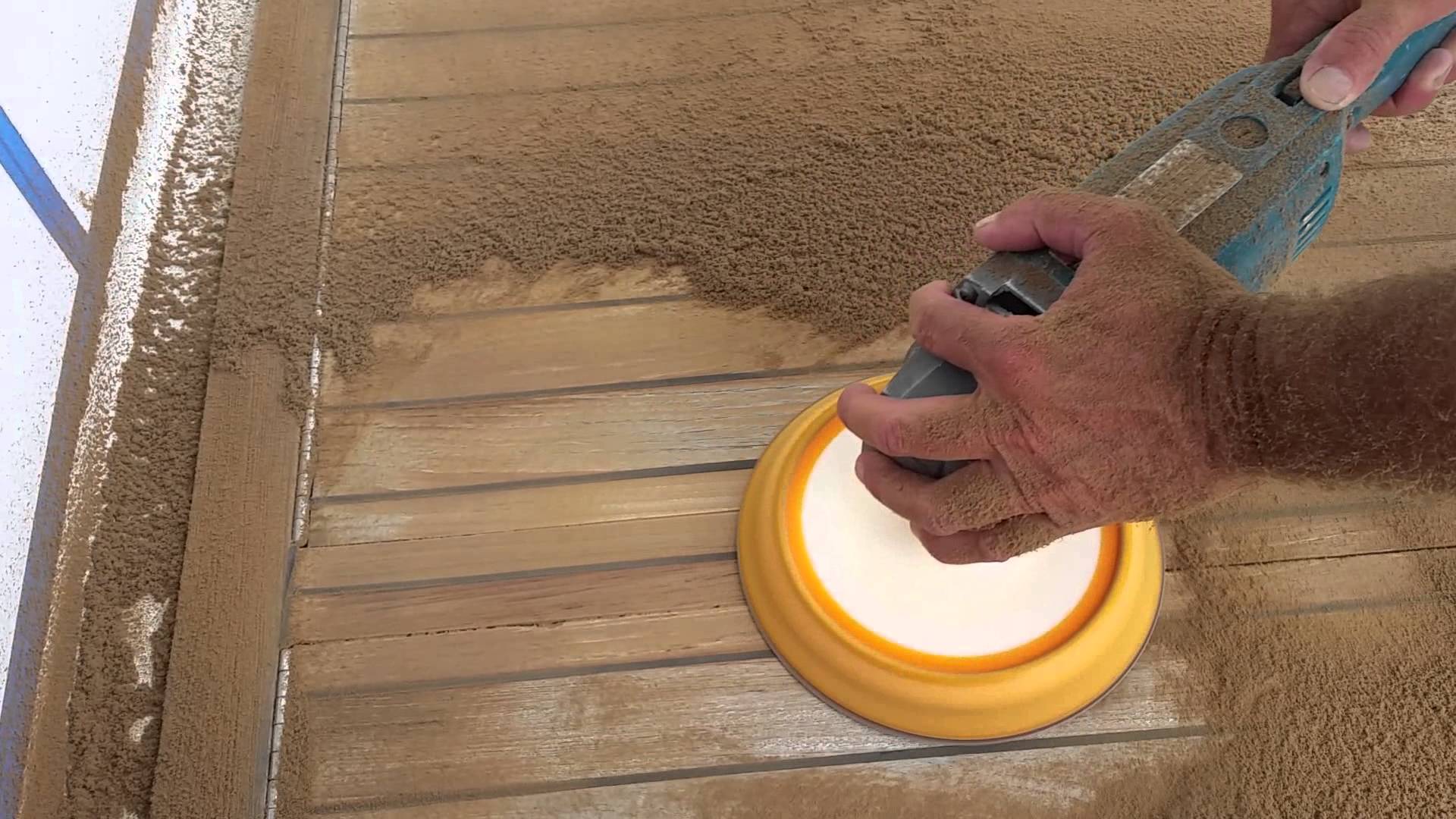
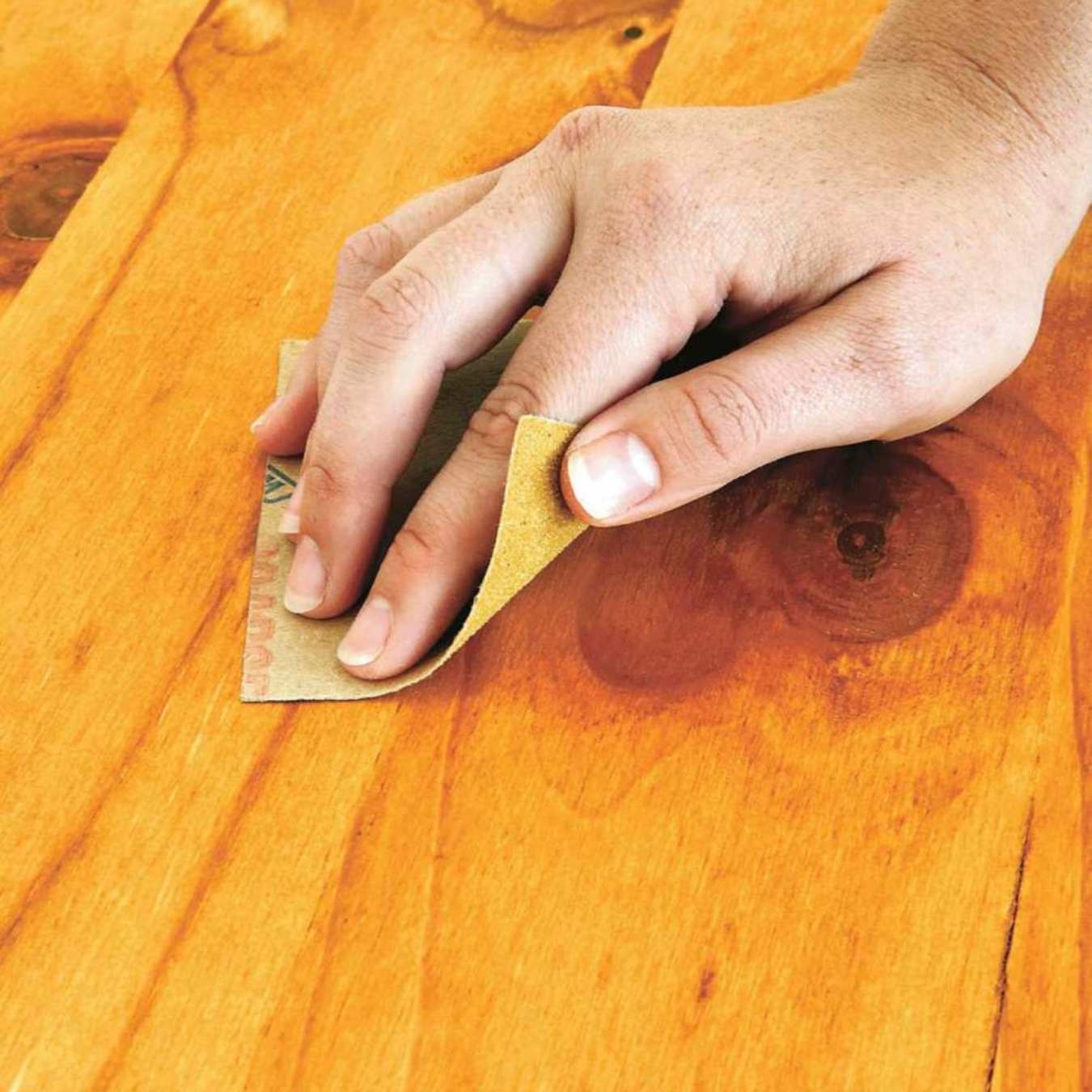
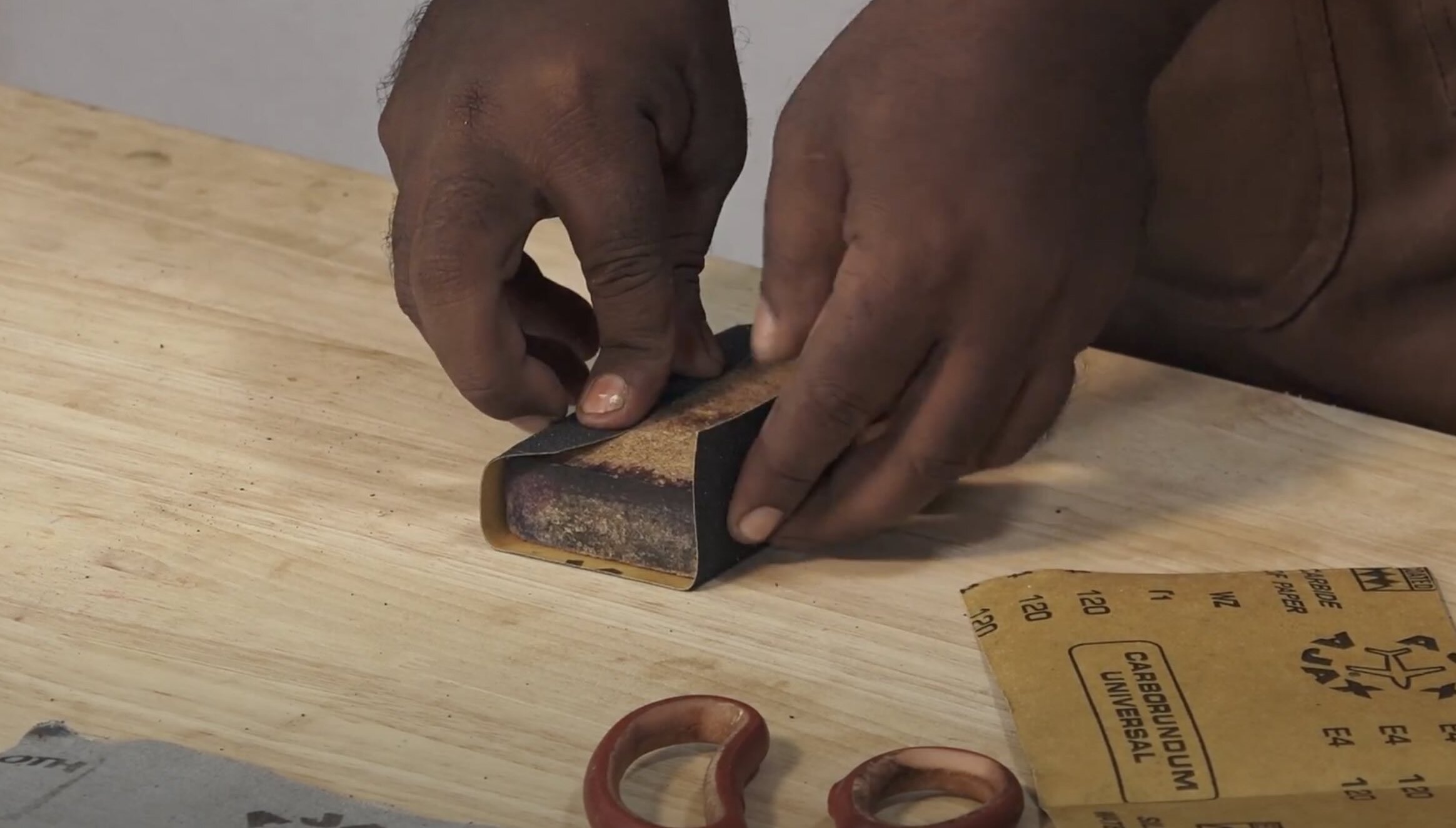
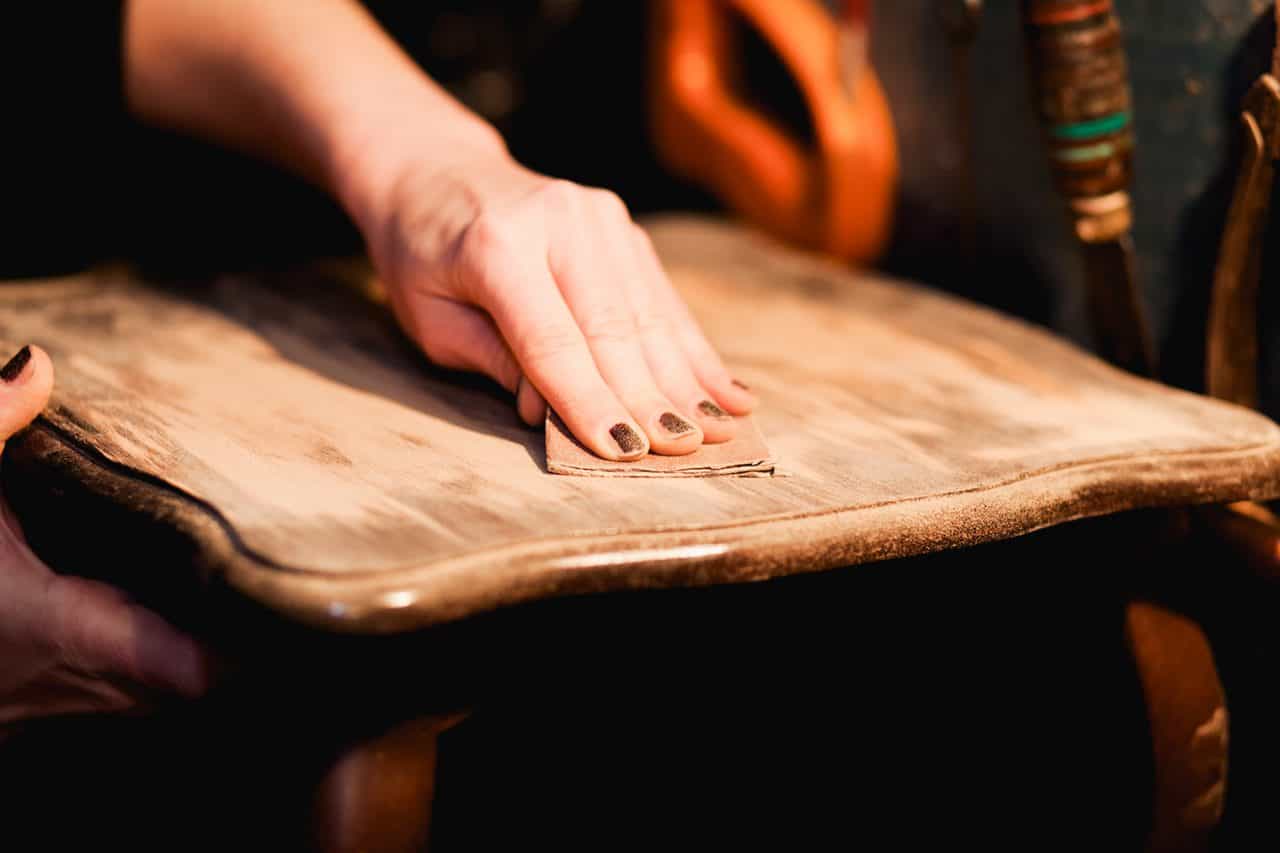
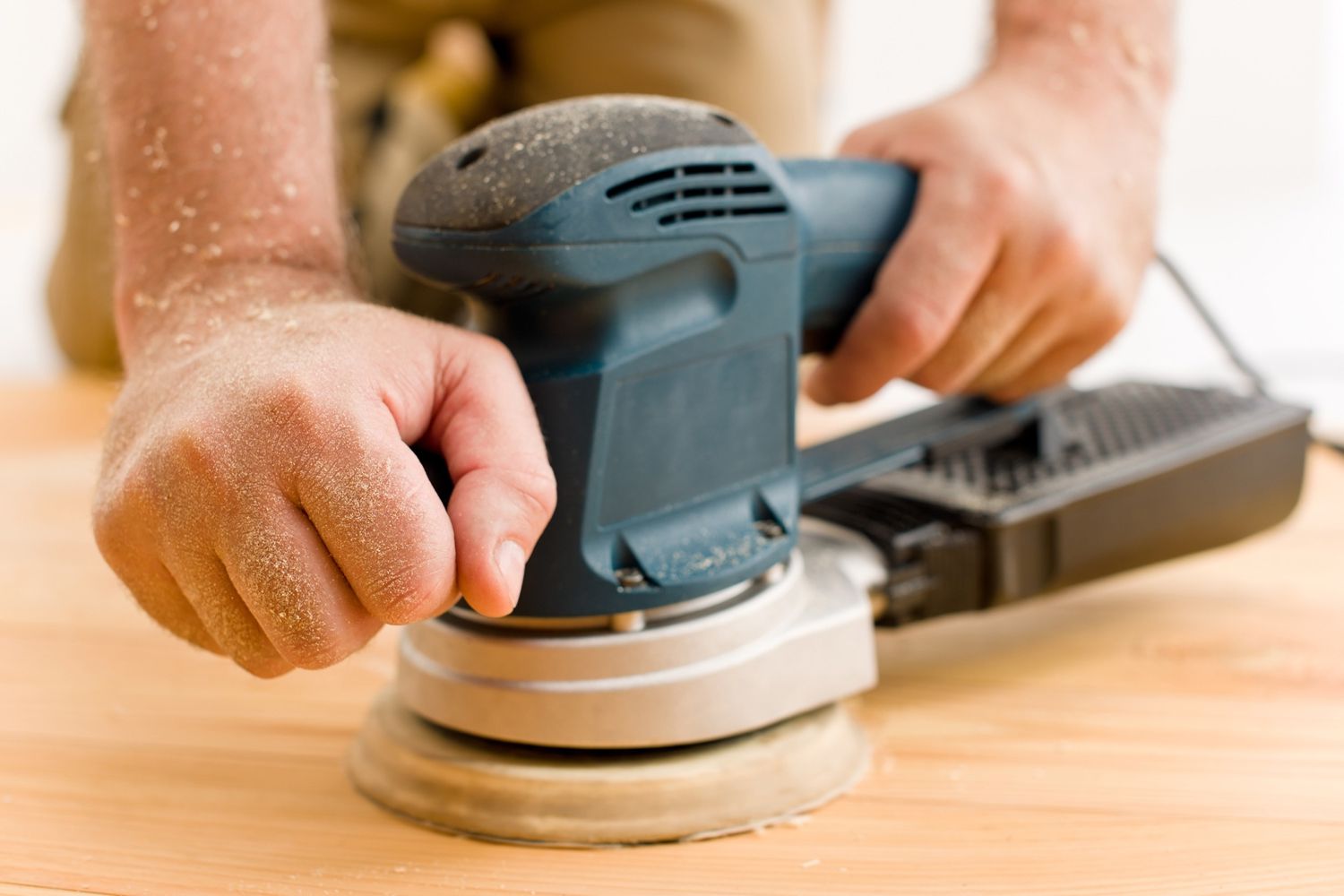



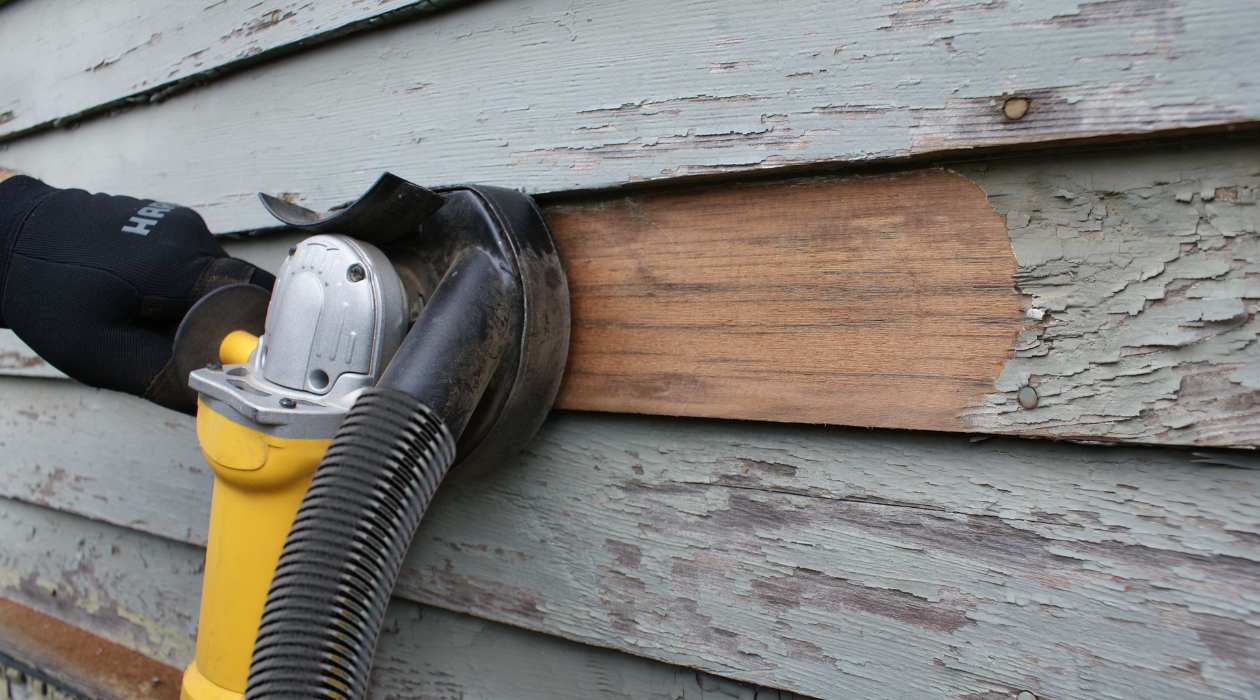
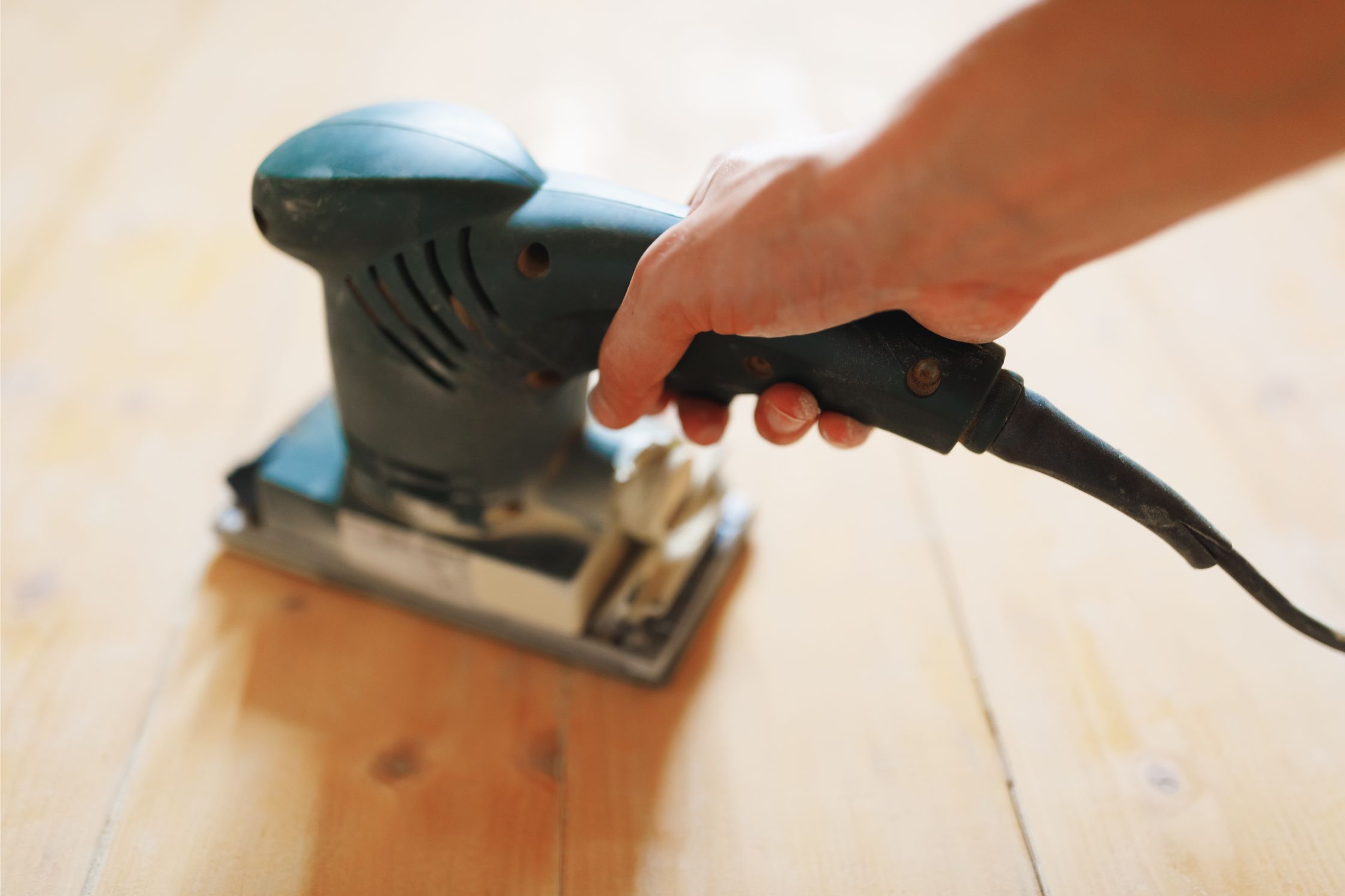
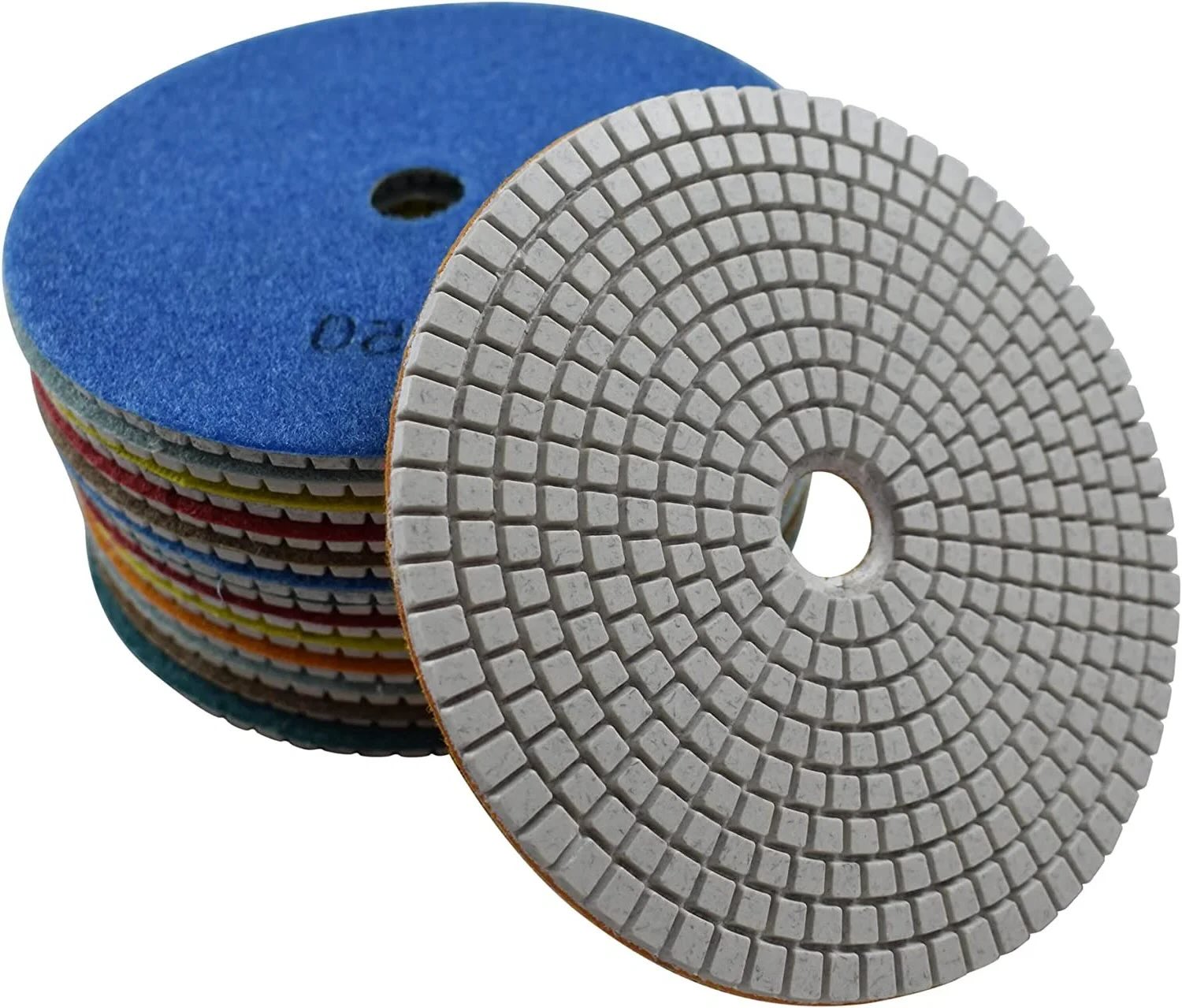
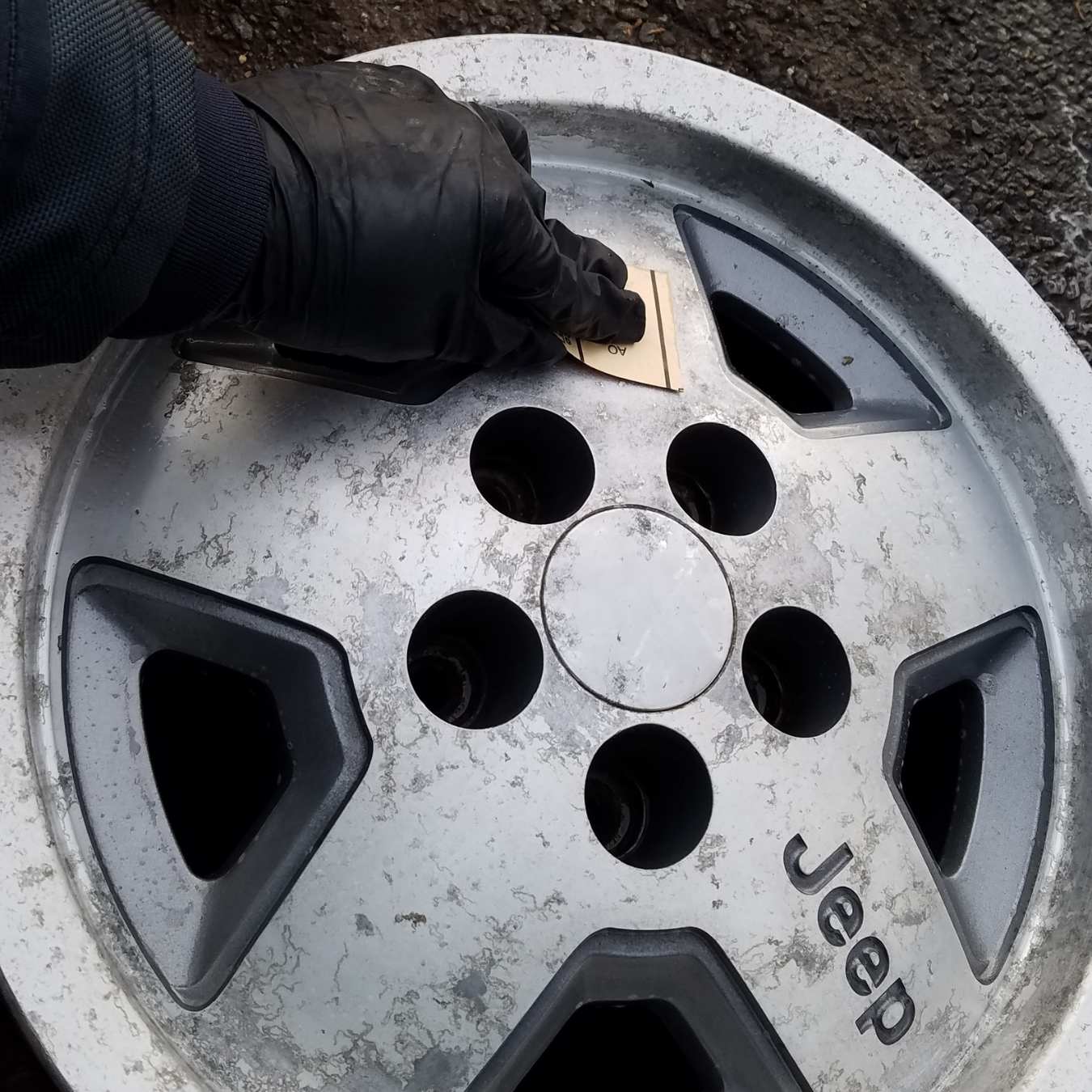


0 thoughts on “What Grit Sandpaper For A Wood Dresser”